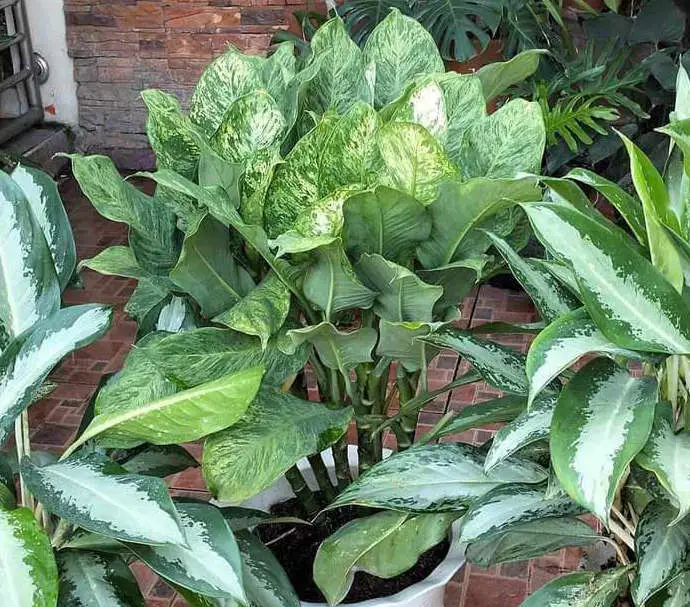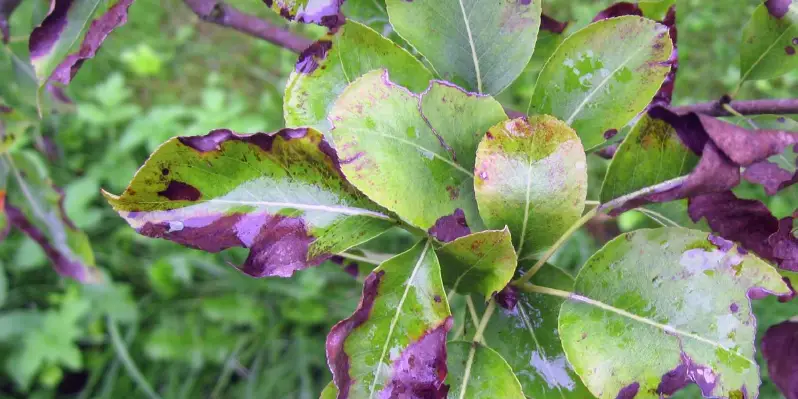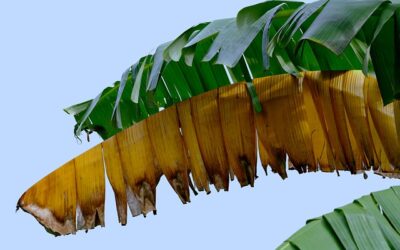Do you ever wonder why plants can’t grow in sand? It seems like it would be the perfect place for them to thrive, but they just can’t seem to get a foothold. In this blog post, we will explore the reasons why plants can’t grow in sand and what you can do to help them out!
Why Can’t Plants Grow in Sand?
Sand doesn’t hold nutrients well. Plants need access to nitrogen, phosphorus, and potassium to grow, but sand doesn’t have the ability to hold on to these nutrients for very long. This means that plants growing in the sand will quickly run out of the nutrients they need to survive and will eventually die.
Another reason why plants can’t grow in sand is due to it not holding water well. For most plants, this means they will quickly dry out and die. Sand also doesn’t insulate the roots very well, so plants growing in the sand can experience a lot of stress from the extreme temperatures.
However, this is only true for the majority of plants. There are some plants that have adapted to growing in sand. One example is the Euphorbia virosa, which is a succulent that can store water in its leaves. This allows it to survive in areas with little water.
Euphorbia virosa not only stores water in its leaves, but it also has a deep root system that helps it to access water that other plants can’t reach. This plant is able to grow in the sand because it has adapted to the conditions.
So, while the majority of plants can’t grow in sand, there are a few that have adapted to this environment. If you’re interested in growing plants in sand, doing some research on which plants will be best suited for your climate and conditions is a good place to start!
How to Grow Plants in Sand?
So what can you do to help plants grow in sand?
1. Add organic matter to the sand
The first thing you can do is add organic matter to the sand. This will give your plant some nutrients to start with and will also help to hold water in the sand.
Organic matter can come in the form of compost, manure, or even just leaves and grass clippings. If you’re not sure what organic matter to add, Talk to your local nursery or gardening center for advice.
You can also add organic matter to the sand by using mulch. Mulch is a great option because it will help to hold water in and keep the roots cool. Plus, it will eventually break down and add nutrients to the sand.
Mulch can be anything from bark chips to straw. Just be sure to choose an organic mulch that will break down over time.
2. Provide support
Another way to help plants grow in the sand is to provide support. This is especially important for taller plants.
You can provide support by using stakes or cages. Stakes can be made from wood or metal and will help to keep the plant upright. Cages can be made from wire or mesh and will help to keep the plant from falling over.
You can also use a trellis for support. A trellis is a great option because it will not only provide support but will also give the plant something to climb. This can be especially helpful for plants that need to reach the sun.
3. Water regularly
As sand doesn’t hold water well, you will need to water your plants more often. This is especially true for plants that are growing in containers.
You will need to water your plants deeply and then allow the soil to dry out before watering again. Be sure to check the soil regularly so that you don’t overwater the plant.
If you live in an area with a lot of wind, you may need to water your plants more often. This is because the wind will dry out the sand quickly.
4. Choose the right plants
As we mentioned before, not all plants can grow in sand. If you’re interested in growing plants in sand, it’s important to choose the right plant for your climate and conditions.
5. Apply fertilizer
If you want your plants to really thrive in the sand, you can apply fertilizer. This will help to give them the nutrients they need to grow. Fertilizers include things like nitrogen, phosphorus, and potassium.
Apply fertilizer to the sand according to the package directions. You will usually need to apply it every few weeks. Be sure not to overdo it, as this can damage the plant.
As you can see, there are a few things you can do to help plants grow in sand. By adding organic matter, providing support, and watering regularly, you can create a healthy environment for your plants
Can Sandy Soil Good for Growing Plants?
Sand has its benefits and drawbacks when it comes to growing plants. While it doesn’t hold water or nutrients well, it does have good drainage. This can be beneficial for plants that don’t like to sit in wet soil.
In fact, most plant mixes contain some sand. This is because it can improve drainage while still providing the nutrients and moisture that plants need. If your soil is too heavy and dense, adding some sand can help to lighten it up.
Succlents and other plants can do well in sandy soil. As we mentioned before, they have adapted to growing in dry conditions. If you live in an area with little rainfall, succulents may be a good option for you.
What Plants Grow in Sand?
There are some plants that can be planted directly into the sand. These include:
- Phlox (Phlox)
- Salvia (Salvia nemorosa)
- Sedum (Sedum)
- Butterfly Weed (Asclepias tuberosa)
- Lavender (Lavandula angustifolia)
- Bearded Iris (Iris germanica)
- Black-Eyed Susan (Rudbeckia)
If you live in an area with sandy soil, there are still plenty of options for plants that you can grow! With a little research and care, you can have a thriving garden in no time!
Conclusion
In conclusion, most plants can’t grow in sandy soil because they can’t access the nutrients they need and it doesn’t hold water well. However, there are some plants that have adapted to growing in this environment. With a little care, you can successfully grow plants in the sand.
We hope you enjoyed this blog post! If you have any questions or comments, please feel free to leave them below. Thanks for reading!
Tim is an avid gardener from the UK. He was the founder of PlantCarer.com from 2021 to Sep 2023. He sold PlantCarer.com to Aaron. He has since started his own business called Seed To Supper, which provides new gardeners all the materials you need in a box (pots, seeds, compost and instructions) to grow your own delicious and nutritious vegetables and herbs from start to finish – no garden required.








0 Comments